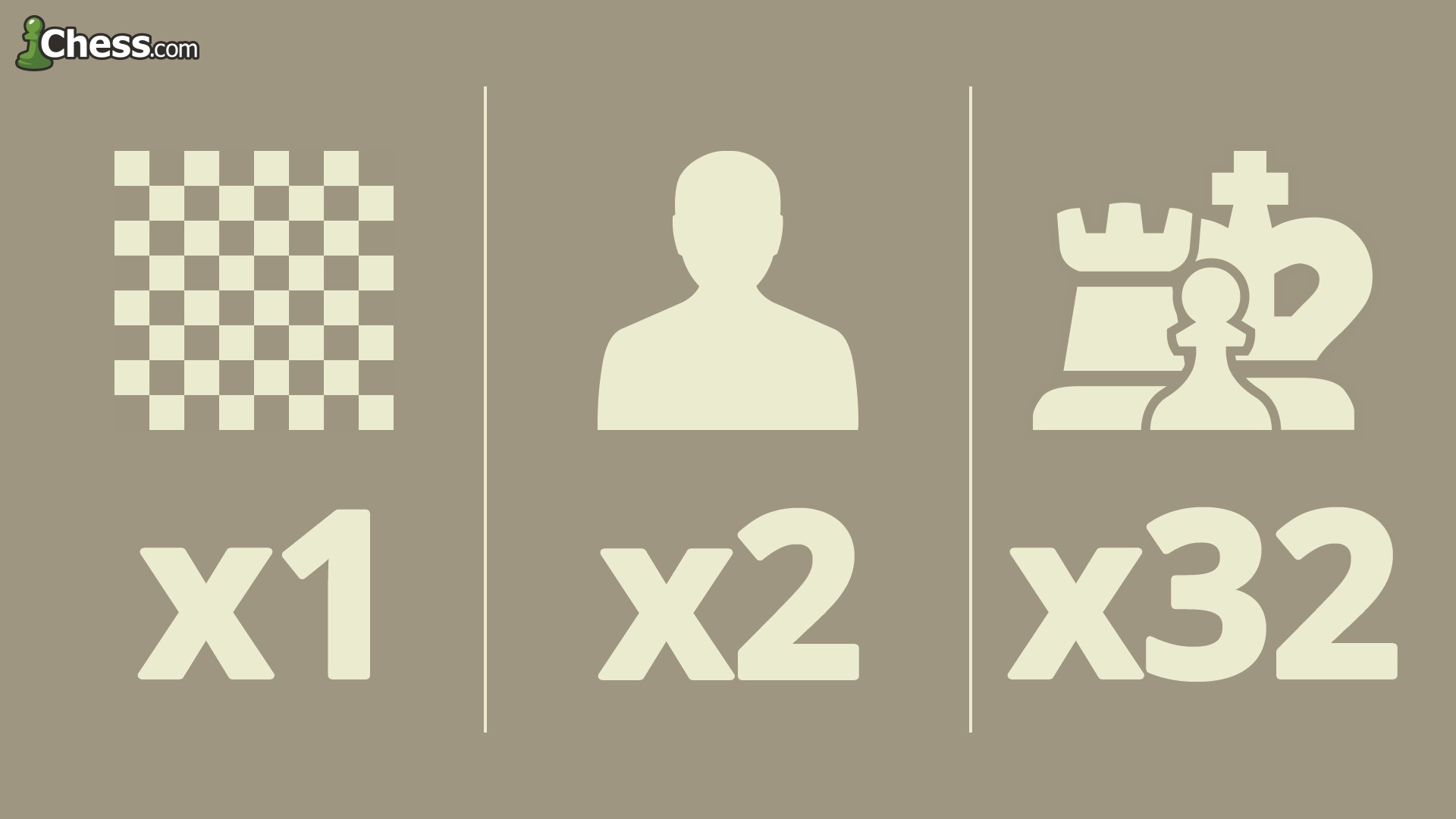Learning how to play chess, the world’s most popular game, is easier than you think! This guide provides a step-by-step approach to understanding the rules, setting up the board, and mastering basic strategies.
Setting Up the Chessboard
Before you start playing, you need to set up the board correctly. Each player sits opposite each other with a white (or light) square in the bottom right-hand corner. The pieces are then placed in the same way every time.
The second row (rank) is filled with pawns. Rooks go in the corners, followed by knights, then bishops. The queen is placed on her matching color square (white queen on white, black queen on black), and the king on the remaining square.
Chess Piece Movement
Each of the six chess pieces moves differently. No piece can move through another (except the knight). You cannot move onto a square occupied by one of your own pieces. However, you can capture an opponent’s piece by landing on its square.
The King
The king is the most important but weakest piece. It can move one square in any direction. The king can never move into check (where it could be captured).
The Queen
The queen is the most powerful piece. She can move any number of squares diagonally, horizontally, or vertically.
The Rook
The rook can move any number of squares horizontally or vertically. Rooks are powerful when they work together.
The Bishop
The bishop moves diagonally any number of squares. It must stay on the same color square it starts on. Bishops work well together as they cover each other’s weaknesses.
The Knight
The knight moves in an “L” shape: two squares in one direction (horizontal or vertical) and then one square perpendicular to that. It’s the only piece that can jump over others.
The Pawn
Pawns move forward one square, but capture diagonally forward one square. On their first move, they can move forward two squares. Pawns cannot move backward.
Special Chess Rules
Chess has a few special rules: pawn promotion, en passant, and castling.
Pawn Promotion
If a pawn reaches the opposite side of the board, it can be promoted to any other piece (except a king or another pawn), usually a queen.
En Passant
If a pawn moves two squares on its first move and lands beside an opponent’s pawn, the opponent can capture it “en passant” as if it had moved only one square.
Castling
Castling involves moving your king two squares towards a rook, and then placing the rook on the square the king crossed. Specific conditions must be met for castling to be legal.
How to Win
The goal is to checkmate your opponent’s king, meaning it’s under attack (in check) and has no way to escape. A draw can also occur for various reasons like stalemate or insufficient material for checkmate.
Basic Chess Strategy
To improve your game, focus on these key principles: protect your king, don’t lose pieces needlessly, control the center of the board, and utilize all your pieces.
Practice and Learn
The best way to learn chess is to play frequently and study the game. Online resources, lessons, and practice against others will significantly improve your skills. Consider exploring chess variants for added challenge and fun!

